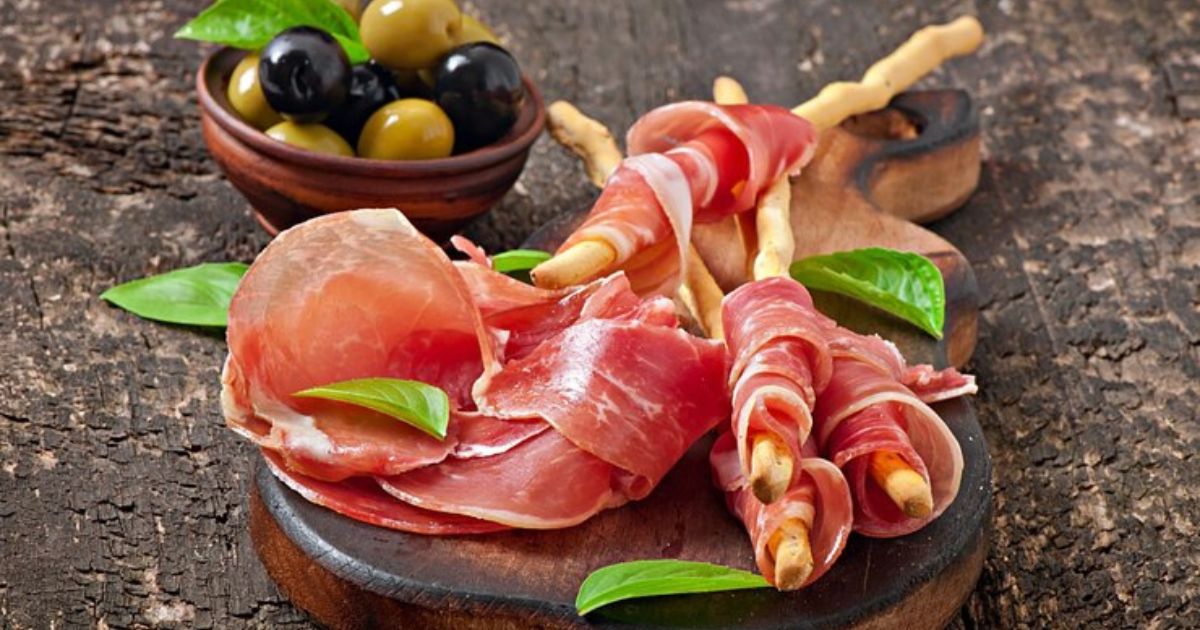Jamon Iberico, often referred to as the pinnacle of cured meats, is a type of Spanish ham that hails from the Iberian Peninsula. It’s a delicacy recognized worldwide for its rich flavor, delicate texture, and the centuries-old tradition that surrounds its production. This ham is crafted from the meat of the Iberian pig, a breed that’s exclusive to Spain and Portugal, making it a truly unique gastronomic experience.
The Origins of Jamon Iberico
The story of Jamon Iberico dates back to ancient times, when the Iberian Peninsula was home to wild pigs that roamed the oak forests. Over the years, the production of Jamon Iberico became a vital part of Spanish culture, particularly in rural areas where pig farming and ham curing were honed to perfection. These traditions continue today, with artisanal methods passed down through generations.
The Different Types of Jamon Iberico
There are several types of Jamon , each distinguished by the pig’s diet and the length of the curing process:
Jamon Iberico de Bellota: This is considered the finest grade. The pigs are fed a diet of acorns, giving the meat its distinctive nutty flavor.
Jamon Iberico de Cebo de Campo: The pigs are raised on a mixed diet of acorns and grains, offering a balanced flavor.
Jamon Iberico de Cebo: These pigs are primarily grain-fed, resulting in a slightly milder taste compared to their acorn-fed counterparts.
The Role of the Iberian Pig
The Iberian pig is central to the quality of Jamon . These pigs are genetically predisposed to develop large amounts of intramuscular fat, which gives the ham its signature marbling. This fat is what makes so different from other types of ham. The unique flavor comes from the pigs’ natural foraging habits, especially those that feast on acorns during the “Montanera” season.
The Importance of Acorns in the Diet
Acorns play a crucial role in the production of top-tier Jamon . The pigs that roam the oak forests during the final stage of their life (typically from October to February) consume a diet rich in acorns. This diet infuses the meat with oleic acid, the same healthy fat found in olive oil, which contributes to the rich, buttery texture and the intense flavor of the ham.
The Curing Process of Jamon Iberico
The curing process is where the magic happens. After the pigs are slaughtered, the hams are salted and left to dry for several weeks. The drying process can take up to four years, depending on the grade of the ham. During this time, the ham develops its complex flavors, thanks to the natural enzymes that break down the meat. The long curing process also helps to concentrate the flavors, creating the ham’s characteristic sweetness and depth.
How to Serve and Enjoy Jamon Iberico
he is best enjoyed thinly sliced, almost paper-thin, allowing the rich flavors to melt on the palate. It’s traditionally served at room temperature to fully appreciate its texture and taste. Often, it’s accompanied by simple sides like fresh bread, tomatoes, and olive oil, which help to enhance its flavors without overpowering them.
Pairing Jamon Iberico with Wine
The richness of pairs beautifully with a variety of wines. For a classic combination, try pairing it with a Spanish red wine, such as Rioja or Ribera del Duero, which complement the ham’s intense flavors. For those who prefer white wines, a dry sherry or crisp Albariño can provide a refreshing contrast to the fattiness of the ham.
Jamon Iberico in Spanish Culture
Jamon Iberico is more than just a food item; it’s a cultural icon in Spain. The ham plays a central role in Spanish celebrations, from family gatherings to national holidays. In many parts of Spain, the ham is displayed prominently in shops, hanging from the ceilings in a testament to its revered status in Spanish cuisine.
The Health Benefits of Jamon Iberico
Despite being a fatty meat, is considered a healthy indulgence. Thanks to the acorn-rich diet of the Iberian pigs, the ham contains high levels of oleic acid, which is known to improve cholesterol levels. In moderation, can be a part of a heart-healthy diet, offering a unique combination of flavor and nutritional benefits.
Where to Buy Authentic Jamon Iberico
If you’re looking to experience the taste of , it’s important to ensure you’re buying authentic ham. Look for labels that specify the type of and the region it comes from, such as Extremadura or Andalusia. Many specialty shops around the world sell authentic , or you can order directly from Spanish producers online.
How to Store Jamon Iberico at Home
To preserve the quality of your Jamon Iberico, it’s important to store it properly. If you have a whole leg, it should be kept in a cool, dry place, ideally hanging like it would be in a traditional curing house. For sliced ham, store it in the refrigerator, wrapped tightly to avoid air exposure, which can dry out the meat. Always let the ham come to room temperature before serving for the best flavor.
The Price of Jamon Iberico
Jamon Iberico is a luxury product, and its price reflects the care and time involved in its production. The highest quality Jamon Iberico de Bellota can fetch high prices, with some legs costing over $1,000. However, the lower grades are more affordable, offering a range of options for those looking to experience this Spanish delicacy without breaking the bank.
Why Jamon is Worth the Splurge
While Jamon may seem like an indulgence, it’s worth every penny for food lovers who appreciate craftsmanship, flavor, and tradition. Each bite tells a story of centuries-old practices, meticulous attention to detail, and a deep connection to the land. For anyone who loves food, Jamon offers an unforgettable culinary experience.
Conclusion
Jamon Iberico is not just a ham; it’s a cultural treasure of Spain. From the careful breeding of Iberian pigs to the meticulous curing process, every step in its production is designed to create a product of unparalleled quality. Whether you’re savoring a slice at a Spanish market or enjoying it with wine at home, Jamon Iberico offers a taste of Spain’s rich culinary heritage.
FAQs
What is the difference between Jamon and Jamon Serrano?
Jamon is made from Iberian pigs, while Jamon Serrano comes from white pigs. Iberico is richer and more complex in flavor due to the acorn-fed diet of the pigs.
How long is Jamon Iberico cured?
The curing process can take anywhere from 2 to 4 years, depending on the type of Jamon.
Can I eat Jamon if I’m on a diet?
In moderation, Jamon can fit into a healthy diet, as it contains heart-healthy fats from the pigs’ acorn diet.
Is Jamon Iberico gluten-free?
Yes, he is naturally gluten-free, making it a safe choice for those with gluten sensitivities.
Where can I buy Jamon Iberico online?
Many specialty Spanish food websites offer authentic Jamon, and you can find it on major online retailers like Amazon.











